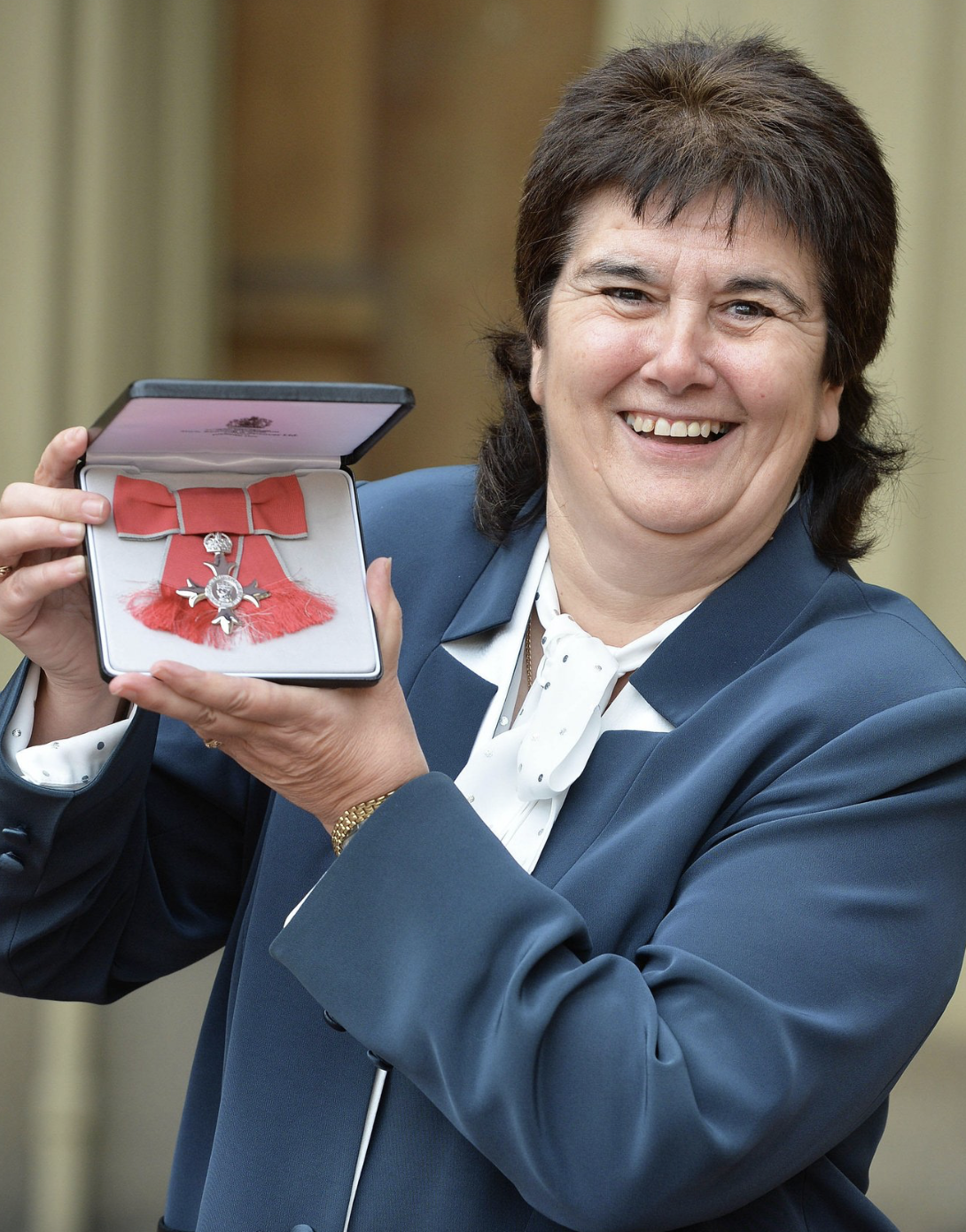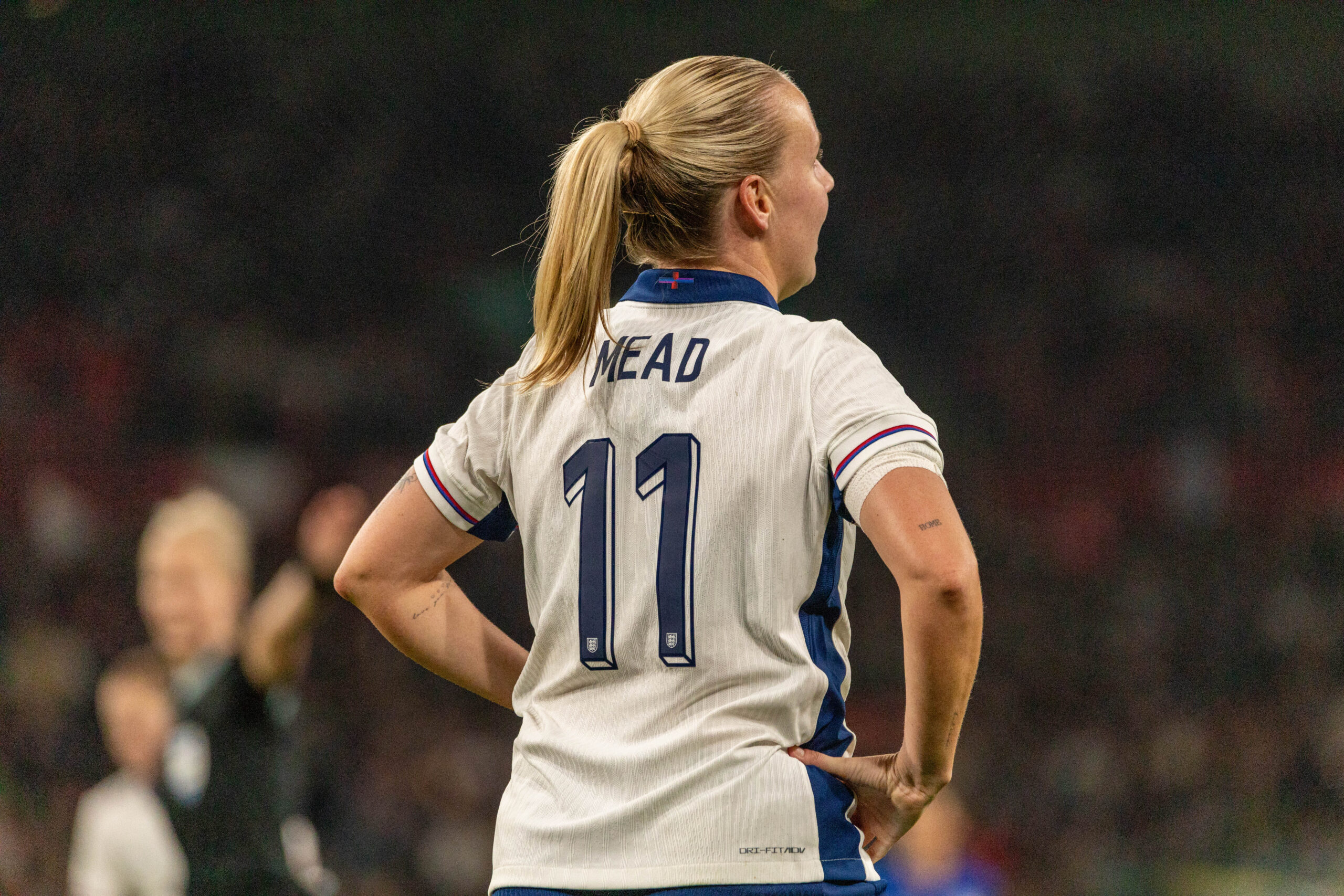In 2002, Bend It Like Beckham popularised the idea that women could pursue football while attending university in the US, showing young girls a path that blended athletic and academic success. This is a reality in the U.S. college soccer system, which has played a crucial role in shaping not only U.S. Women’s National Team (USWNT) stars but also international talents, offering a structured pathway for both personal and professional growth.
The NCAA (National Collegiate Athletic Association) has long been a breeding ground for elite women’s soccer talent. It offers a unique structure where student-athletes can compete in high-level soccer while earning degrees. The competitive season is short but intense, with teams from over 300 colleges battling it out in a regular season, followed by conference tournaments and the College Cup, a knockout competition similar to professional leagues. This format fosters rapid development, providing young players with both tactical and physical challenges at a critical time in their growth.
Sports scholarships play a vital role in the NCAA system, providing opportunities for athletes from all backgrounds, including those from disadvantaged communities. For many, these scholarships open doors to both higher education and elite football, helping players balance their academic and athletic ambitions.
The U.S. college system has produced countless USWNT stars, such as Mia Hamm and Abby Wambach, who began their careers at universities like North Carolina and Florida. More recent players like Rose Lavelle and Crystal Dunn have also credited the NCAA with helping them transition from youth football to the professional ranks, where their college experience allowed them to develop physically and tactically.
However, the NCAA’s influence extends beyond U.S. borders. International players like Bunny Shaw and Alessia Russo have thrived in the U.S. college system. For Alessia Russo, who spent time at the University of North Carolina (UNC), the experience was invaluable. “The school, the facilities, the coaching, the players – everything was amazing.” Russo said of her time at UNC, a period that helped her refine her skills before returning to England to play in the Women’s Super League (WSL).
Jamaican star Shaw also benefited from the structure of college soccer while playing for the University of Tennessee. Like many international athletes, Shaw saw the NCAA as a way to combine her passion for football with the opportunity to earn a degree, which paved the way for her professional career.
One of the NCAA’s key strengths is its ability to balance education with elite sport. Players like Kelley O’Hara, who graduated from Stanford, have spoken about the importance of being able to pursue a degree while playing at a high level. This balance is especially important in women’s football, where professional opportunities were historically limited. For many athletes, the college system provided a safety net, allowing them to focus on football without sacrificing their future prospects outside of sport.
Sports scholarships, in particular, allow players from disadvantaged backgrounds to access this dual opportunity, empowering them to succeed in both their academic and athletic careers. These scholarships have been life-changing for many, ensuring that players can continue developing on and off the pitch without financial barriers.
For years, the National Women’s Soccer League (NWSL) draft provided a direct pathway from college soccer to professional football. Players like Naomi Girma and Emily Fox made the leap from college straight into the NWSL through this system. However, the NWSL recently became the first U.S. sport to eliminate its draft, marking a significant shift in how college athletes transition into professional leagues.
Previously, graduating seniors were selected by NWSL clubs, but with the draft now phased out, players will have more control over their professional careers through free-agent signings. Despite this change, the NCAA remains an essential bridge to professional football, preparing athletes for the next stage of their careers while still providing a structured environment for education.
As professional leagues like the NWSL and WSL expand, some players are choosing to bypass the college system and go straight into professional football. However, for many, the NCAA remains a vital pathway for developing both athletic and academic skills. The college experience produces well-rounded athletes who are not only prepared for professional sport but also equipped with the education and leadership skills needed for life beyond football.
With professional clubs around the world investing in youth academies, the NCAA will continue to play a crucial role in women’s football, offering top-tier competition and educational opportunities to future generations of players.



